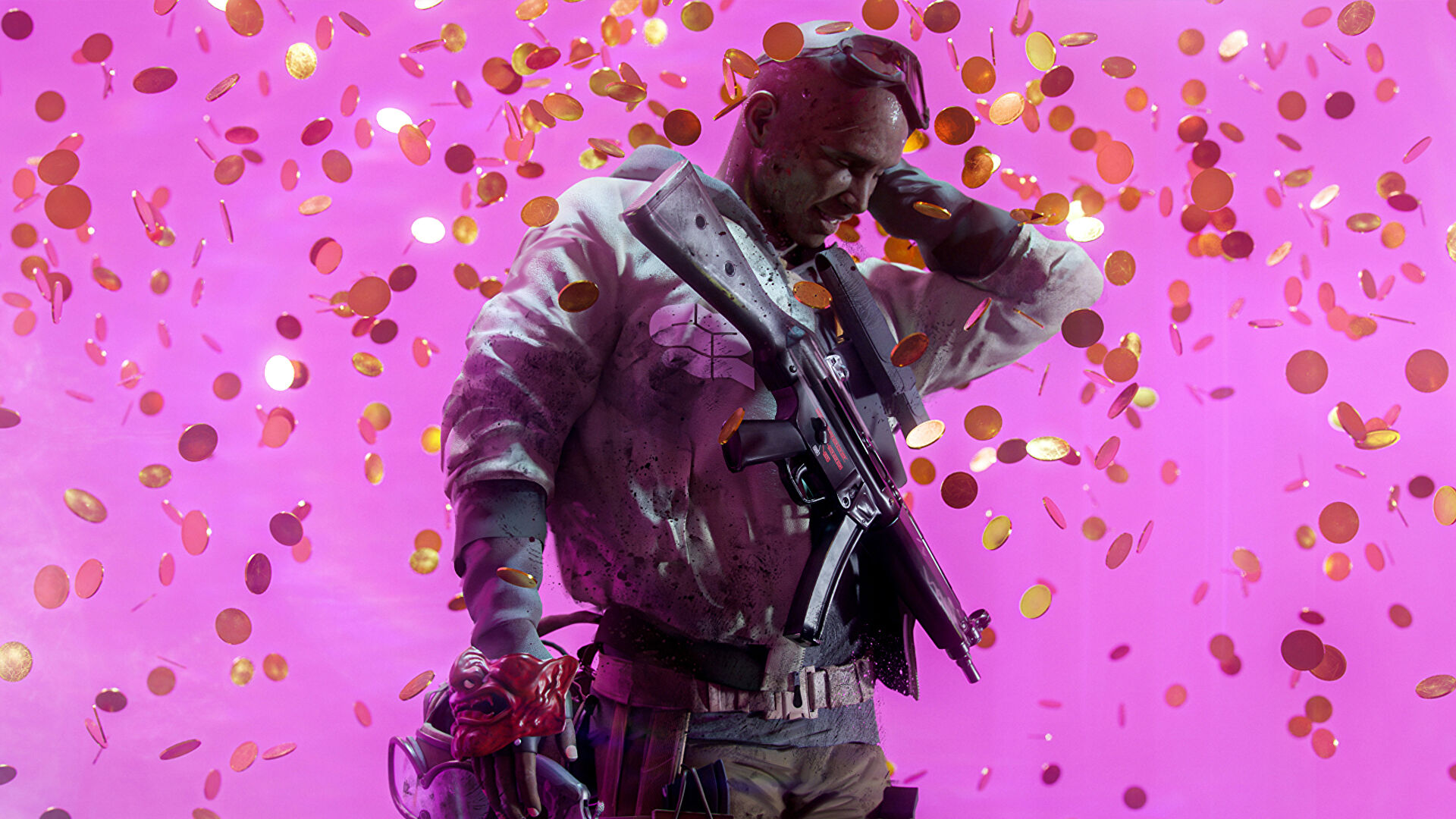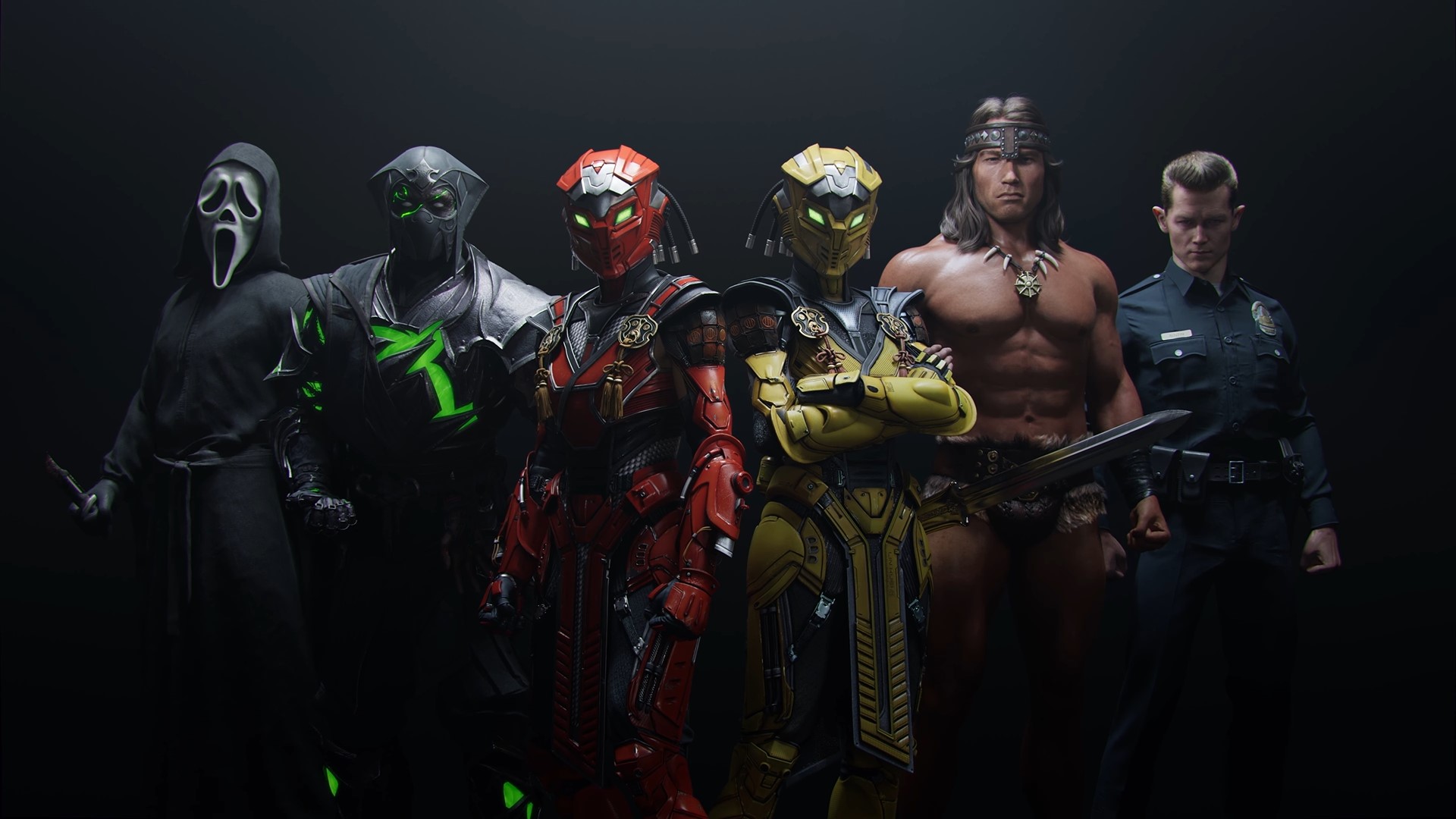
Nightdive Studios finishes the fight.
It’s been a while, hasn’t it? Nightdive Studios impressed me in 2019 with their remasters of N64 classics Turok: Dinosaur Hunter and its follow-up, Turok 2: Seeds of Evil, but I questioned whether they’d ever get around to the series’ threequel, Shadow of Oblivion. This was a late release for the N64, hitting the system in September of 2000, roughly a year before the launch of the GameCube, and long after support for the N64 had otherwise dried up. I was surprised to discover that I had no memory of the game, which suggests I never played it. Shadow of Oblivion is a very different Turok game in both structure and gameplay that feels wholly disconnected from the first two. It’s an interesting, if largely underwhelming, finale.
The game opens with Joshua Fireseed, the protagonist of Turok 2, being attacked and killed (spoilers?) by Flesh Eaters, which were relatively minor enemies in that game. His siblings, Joseph and Danielle, are transported away by a radically redesigned Adon (remember her?) and told that one of them must inherit the mantle of “Turok” and destroy the Flesh Eaters’ leader, Oblivion, who rose to power after Joshua killed the Primagen in the last game. Or something. The game’s plot invokes lore that players would have no knowledge of. Maybe it’s revealed in the short-lived Acclaim comics? Good luck finding those.

The first way that Shadow of Oblivion differentiates itself from its predecessors is that you can choose which character to play as. Both have unique abilities: Joseph can fit into small spaces, use a sniper rifle, and has night-vision goggles. Danielle can use different but fundamentally similar weapons, jumps (slightly) higher, and is equipped with an energy-based hookshot from Zelda. You would think that their campaigns would be radically different, but sadly that’s not the case. 90% of their traversals through any given level is identical, with extremely underdeveloped sequences that are unique to each sibling.
The level design is also where Turok 3 changes things up. You’ll recall that I was impressed by the extremely large, open, and intuitive maps of Turok: Dinosaur Hunter, but less inclined towards the more restrictive corridor shooting of Turok 2, especially since it made many levels frustratingly maze-like. Turok 3 shies away from both approaches, instead giving us a directed path through each level, exploration be damned. I didn’t especially enjoy this approach, as I was constantly being forced forward with little ability to travel outside the confines of the predetermined path. There’s no way to travel back to previous levels either, so if you missed a gun, super weapon component, or life force tokens in any given level, you’re out of luck.
You’ll often be given “missions,” which usually amount to finding keys or pressing switches, sometimes with a ticking time limit. But these missions are only in service of continuing to move forward in a given level. None of them are optional. One “mission” asks you to find fuses for a generator, but you have to do that anyway if you want to get through a specific area. An early mission asks you to stop the self-destruct sequence of a military base that you’re in (for some reason), but it’s also the only way to activate the elevator to the next part of the level. The missions may exist to give the player a goal, or vague direction to go in, but as small as these areas are, you don’t really need them. You just don’t have a lot of options; there’s no way to get lost.

At least each level is easy to navigate, which is a leg up on Turok 2, but they also feel kind of soulless. There are boss fights, but all are almost insultingly easy; strafing around an area while pumping shotgun buckshot into the boss usually wins the day. Even Oblivion itself, which looks extremely goofy and not at all threatening, can be easily toppled without losing any health. The only truly difficult fight is the final boss, who wields a weapon that damages you constantly, but–and this is key–more slowly than your weapons damage him. Compared to the gargantuan, alien bosses of Turok 2 and the fire-breathing, cybernetic Tyrannosaurus in Turok 1, the Big Bads in Shadow of Oblivion barely register.
Turok 3 is also far, far removed from its prehistoric origins. This started in Turok 2, of course, where dinosaurs were largely replaced with “dinosoids,” or highly-evolved dinosaur people. Here, the only vestiges of the Dinosauria are the occasional raptors, hopping compsognathids, and “Fireborn” dinosauroids, all refugees from Seeds of Evil. Apart from one nostalgic trip through a small portion of the first level from Dinosaur Hunter, Joseph and Danielle are exploring sci-fi settings: a locked-down city, conspiracy-laden military base, mutant-filled industrial plant, and a mining facility run by Flesh Eaters, the purpose of which is never made clear.
In all, Turok 3 feels less like an evolution of Turok 2 and more like a generic, budget-conscious, sci-fi shooter. Even Adon, Joshua’s liason in Seeds of Evil, gets a shiny new sci-fi costume here as well as a robotic “Council of Voices” to converse with during cutscenes, hinting at Turok lore that would tragically never be fleshed out–including an intriguing cliffhanger which implies that Adon herself would have taken on a larger role in some future story.

I should note here that I encountered a couple of glitches during play that affected forward momentum. The boss of the lava area, the Alpha Fireborn, didn’t get stuck atop his cooled lava lake when I activated the lava-cooling effect, which essentially meant he never lost health. Restarting from the checkpoint didn’t fix it–I had to restart the chapter, meaning the entire level. Thankfully, it worked the second time I reached his lair. Additionally, the first level appears to have a glitch that I originally thought prevented Danielle from progressing at all. In the N64 game, she can climb up some rebar to a higher floor in a collapsed building. Here, that rebar does not appear. However, there is a grapple point on the other side of the building that’s hard to see (look up, way up, above the existing rebar). I don’t know whether this grapple point was there on the N64 originally, but the Danielle-specific rebar sure isn’t. But once that obstacle was overcome, Danielle was able to progress without a hitch. Her grapple points are often hard to spot.
Shadow of Oblivion Remastered also lacks the robust multiplayer of the N64 game. Note that the Seeds of Evil remaster didn’t have multiplayer available at launch, either, but was later patched in. There’s no word yet on whether Turok 3 will get the same treatment. Certainly, those waiting for Rage Wars will be disappointed: there’s a message in this game’s end credits asking people, in all-caps, to stop asking about Rage Wars.
I’m glad I got the opportunity to play through Turok 3, though the game itself is something of a disappointment. All of the usual Nightdive options are available to tweak to your heart’s content, and they have done a wonderful job porting this oft-forgotten N64 game to modern systems. Shadow of Oblivion is, however, barely a Turok game, and the levels are much shorter and more directed than they were in Dinosaur Hunter or Seeds of Evil. You can probably breeze through the entire campaign–for one of the siblings, anyway–in a couple sessions. An interesting curio, but not a particularly memorable one.








